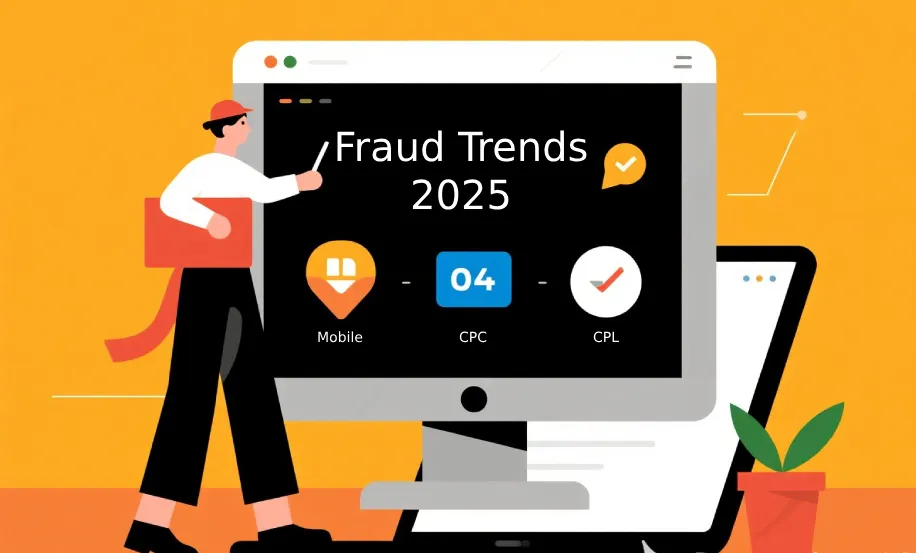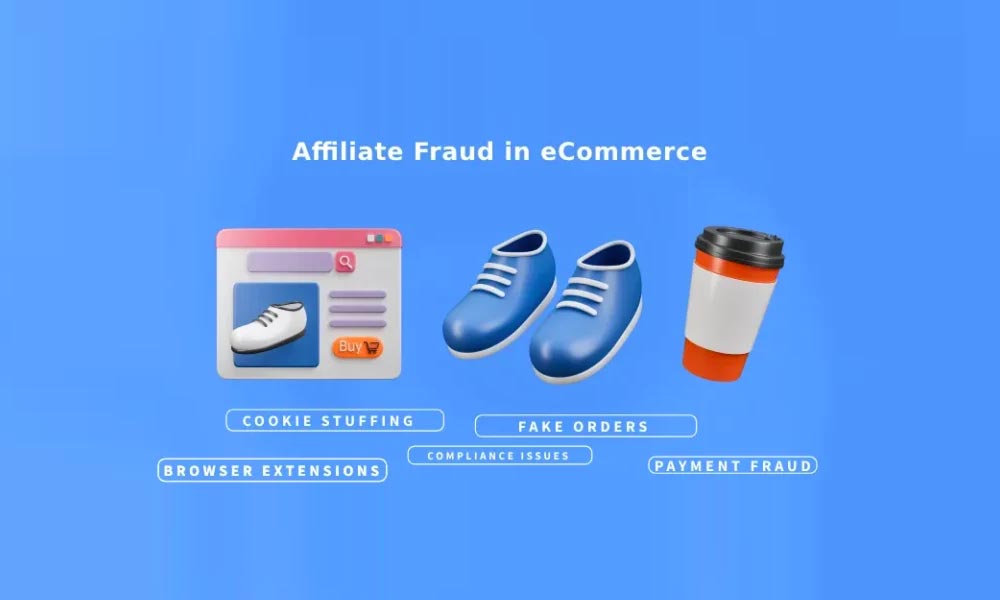A New Era of Ai Ggenerated Spam
In today’s digital landscape, AI is no longer just a tool, it’s rapidly becoming a new source of online clutter. Hundreds of websites generated with artificial intelligence are now hosting real ads over auto-written, low-quality content.
For both consumers and advertisers, this surge of AI-crafted spam brings frustration and risk. Instead of engaging with authentic information, users are bombarded with meaningless, often deceptive content that erodes trust and wastes advertising budgets.
How AI Tools Are Fueling the Problem
With the rise of tools like ChatGPT, Google Bard, and other large language models, we’re seeing massive automation in content creation. These tools are now being used not to inform, but to exploit search engine algorithms for ad revenue.
According to The Verge, developers are combining AI text generators with site-building automation tools. The result? A flood of domains filled with nonsensical, SEO-optimized text, built purely to serve ads and attract clicks.
These AI-generated sites are monetized with real ads, creating a fraudulent loop where advertisers unknowingly pay for exposure on junk content.
Why This Is a Threat to Advertisers and Platforms
- Advertisers waste budgets on non-human traffic
- Brands lose trust when ads appear on questionable sites
- Search engines struggle to maintain content quality and relevance
The Hidden Face of AI-Generated Spam
It’s Not Always Obvious
Unlike classic spam, which often includes repetitive phrases, broken English, or obvious keyword stuffing, AI-generated content can seem deceptively human.
This makes detection harder and traditional spam filters obsolete. Modern AI is trained on massive human datasets, so its output can easily mimic human tone, syntax, and structure, especially at first glance.
The Evolving Nature of AI Spam
AI systems continuously improve through reinforcement learning and user feedback. That means each iteration of spam can get more convincing.
- High false positives: Spam filters flag real content
- User frustration: Legitimate messages get blocked
- Loss of trust: Users no longer believe automated systems
How to Detect and Block AI-Generated Spam
Pattern-Based Detection: Still the Gold Standard
While AI can imitate human behavior, it still leaves fingerprints. These include:
1. Hosting & Network Fingerprints
- Duplicate IP addresses from the same host
- Abnormal usage spikes from specific server farms
- Known datacenter IPs used for automation
2. Browser & Agent Anomalies
- Suspicious user agents (e.g.
ChatGPT-User,Bing-Bot) - Lack of JavaScript execution (AI bots often skip JS)
- Browser fingerprint mismatches
3. Behavioral Red Flags
- Fast registration sequences
- High frequency from specific IPs or IP ranges
- Unrealistic time-on-site or bounce rates
Real-World Use Case: Detecting Fake Signups
Many fraud detection systems (like ours at 24Metrics) have built AI-spam detection into affiliate tracking. We detect and block fake registrations, fraudulent product reviews, and bogus comments, all without blocking real users.
These systems can be integrated into platforms with low effort, delivering a low false-positive rate and customizable thresholds.
The Future: A Smarter Defense Against Smarter Spam
While AI has created new problems, it also brings new solutions.
By combining behavioral analytics, IP intelligence, user fingerprinting, and AI model recognition, fraud detection systems can stay one step ahead of spam bots.
Proactive detection strategies, backed by machine learning, are essential for:
- E-commerce platforms
- Ad networks
- Affiliate programs
- User-generated content sites
Conclusion: Fighting Fire with Fire
The rise of AI-generated spam is not just an annoyance, it’s a threat to digital integrity.
But with the right detection strategies, advertisers and platforms can:
- Eliminate fraudulent ad placements
- Protect brand reputation
- Maintain quality user experience
The same AI that powers spam can also power advanced fraud detection systems, if you know where to look.
Stay alert. Stay ahead. Clean up your digital ecosystem before the bots take over.



